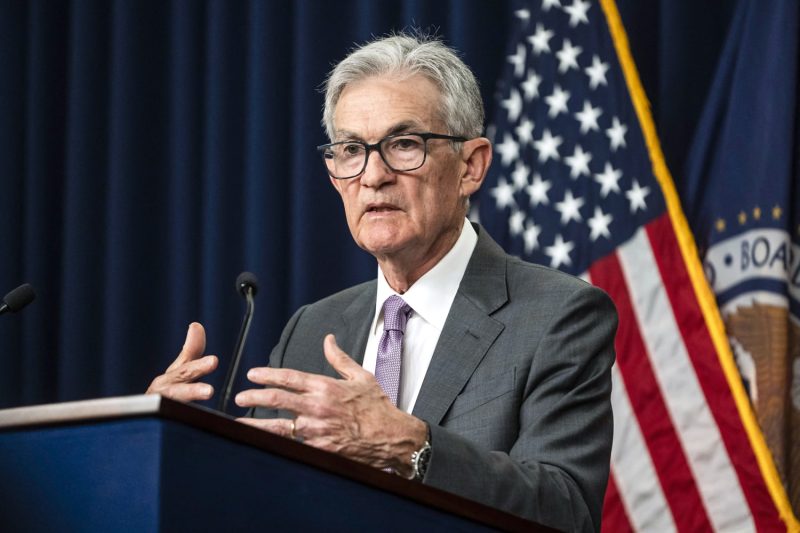The recent remarks made by Federal Reserve Chair Jerome Powell regarding a potential interest rate cut have sparked widespread discussions and speculations within the financial markets. Powell’s statement has created anticipation and raised questions about the future direction of monetary policy in the United States.
The possibility of an interest rate cut comes at a critical juncture for the U.S. economy, as concerns over economic growth and struggles in various sectors have been on the rise. Powell’s acknowledgment of the need for potential rate cuts indicates the Federal Reserve’s willingness to take proactive measures to support economic expansion and mitigate risks of a slowdown.
One of the primary reasons cited for the consideration of an interest rate cut is the current economic environment characterized by global trade tensions and geopolitical uncertainties. Trade tensions between the U.S. and China have contributed to a slowdown in global growth, impacting key industries and consumer sentiment. Powell’s recognition of these challenges reflects the Fed’s commitment to addressing external factors that could hinder economic performance.
Furthermore, the Federal Reserve’s dual mandate of promoting maximum employment and maintaining stable prices plays a crucial role in the decision-making process regarding interest rates. With unemployment levels hovering near historic lows and inflation remaining below the Fed’s target of 2%, there are concerns about the sustainability of current economic conditions. An interest rate cut could help stimulate economic activity, boost investment, and maintain price stability in the long run.
Powell’s statements have also been viewed as a response to mounting pressure from the White House and financial markets for more accommodative monetary policies. President Trump has been vocal in his criticism of the Fed’s rate hikes, calling for lower interest rates to support economic growth. Powell’s openness to possible rate cuts may alleviate some of the tensions between the central bank and the administration, while also reassuring investors and businesses of the Fed’s commitment to supporting the economy.
However, the decision to cut interest rates is not without its challenges and implications. A rate cut could fuel concerns about the Fed’s ability to respond effectively to future economic downturns, as its policy tools become more constrained with interest rates already at relatively low levels. Moreover, the impact of lower rates on financial markets, inflation expectations, and asset prices must be carefully weighed to prevent unintended consequences in the long term.
In conclusion, Powell’s recent remarks signaling the potential for an interest rate cut reflect the Federal Reserve’s attentiveness to evolving economic conditions and commitment to sustaining growth. The decision on interest rates will be closely monitored by market participants, policymakers, and the public, as it carries significant implications for the U.S. economy and global financial stability. As uncertainties persist and economic challenges unfold, the Fed’s ability to navigate these complexities will be critical in shaping the trajectory of monetary policy and supporting sustainable economic growth.
